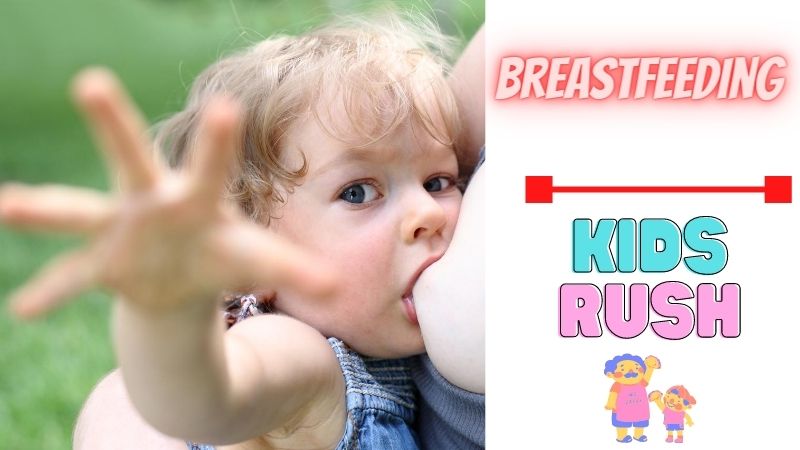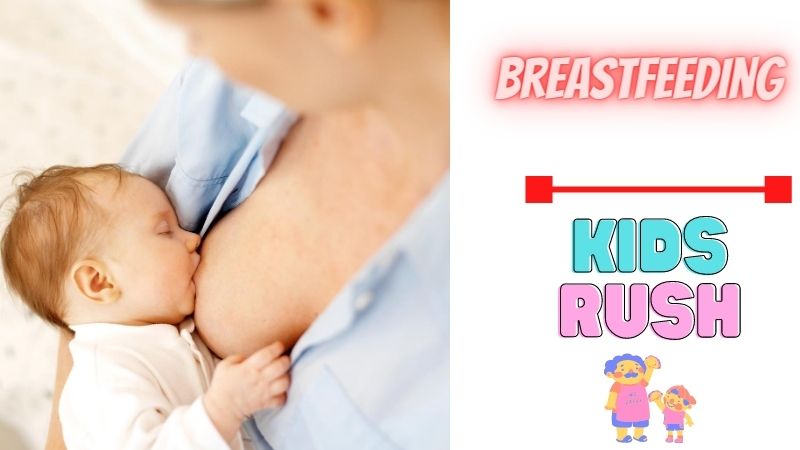Mastitis is a breast infection that often causes pain or tenderness in one breast. Mothers usually get it during the first weeks of breastfeeding, but some may get it later. Treating this chest infection early is essential to prevent complications. Healthcare professionals often prescribe antibiotics to treat mastitis. Breastfeeding can help prevent and cure this disease, but it is important to use proper techniques to empty both breasts. Read on for symptoms and risk factors and what steps you can take to help prevent and treat mastitis. [1]
What is mastitis?
Mastitis occurs when the breast tissue becomes inflamed due to infection. It usually affects nursing mothers (in that case it is called lactational mastitis) in the first 6 – 12 weeks, but can sometimes appear later. Mastitis can be painful and may make you think about stopping breastfeeding, but when the infection subsides, you can continue breastfeeding painlessly. Then you can fully enjoy this time sharing knowing that it benefits both you and the baby.
Read Also: What is the newborn’s immune system like?
What are the signs and symptoms of mastitis?
When you start to breastfeed, it is normal to feel some tenderness or pain in your breasts, so what are the symptoms of mastitis? Here are some of the signs and symptoms of mastitis:
- Pain or burning sensation in the chest when the baby suckles (this chest infection usually affects only one breast)
- Tenderness or pain in the chest
- Swelling of the chest
- Warm feeling in the chest
- Redness of the chest (usually wedge-shaped)
- Fatigue
- Fever and chills
What are the possible causes

Causes of mastitis include the following:
- Retention of breast milk. If you don’t breastfeed properly, the breast may not empty. This retention of breast milk can cause pain in the breast and lead to infection.
- Blockage of the milk ducts. If a duct becomes blocked, milk can collect. If the blockage is not treated, a chest infection can develop.
- Bacteria. Bacteria on your skin and in your baby’s mouth can enter the milk ducts through a fracture or crack in the skin of the nipple or through the opening of a milk duct. Breast milk is a breeding ground for bacteria that can cause mastitis.
Some mothers are more prone to this disease than others, and risk factors include the following:
- Cracked nipples
- Staying in one position while breastfeeding, causing the breast not to empty completely
- Wearing tight bras or putting pressure on the breast, which can limit the flow of milk
- Being too tired or stressed
- Having had mastitis before, which can increase the risk of recurrent lactational mastitis
- Bad nutrition.
Read Also: Effects of mobile phones and tablets on the brain
How to prevent mastitis
You can do the following to try to prevent mastitis:
- Make sure your baby latches on properly when nursing
- Change positions while breastfeeding to empty both breasts
- Make sure your baby completely empties one breast before feeding the other
- Breastfeed whenever you can and as long as your baby is hungry: don’t let too much time pass between feedings
- To help empty your breasts, apply a warm compress (a warm, wet washcloth) to your breasts or take a warm shower before breastfeeding.
- Read more about breastfeeding and ask a lactation consultant or healthcare professional to help you learn the proper techniques to fully empty both breasts during feedings.
Later, when you want to wean your baby, you may wonder how to stop making milk without getting mastitis. The key is to wean your child gradually. Talk to a lactation consultant or healthcare professional for more information.
Read Also: Probiotics for babies
Lactation and mastitis
You can breastfeed with mastitis. It may be a bit uncomfortable at first, but breastfeeding can help resolve the problem more quickly. Also, it is safe for your baby. The antibacterial properties of your milk help protect your baby from infection. Talk to your doctor about breastfeeding if you take antibiotics for mastitis.
Mastitis treatment
It is important to treat mastitis as soon as you notice it. At first, you may have flu-like symptoms, followed by pain in one chest. You must talk with a healthcare professional about how to treat mastitis at this time because if you do not treat it, pus can collect, which can form an abscess that may need to be drained. Antibiotics are often prescribed to treat mastitis. If this doesn’t make it go away or if it keeps coming back, talk to a healthcare professional again about how to eliminate mastitis for good, possibly with another type of antibiotic, for example.
Read Also: Newborn skincare: How to treat it?
These tips will also help ease mastitis a bit:
- Follow the prevention tips above, as they can also help solve the problem (for example, frequent breastfeeding can help reduce inflammation and open up the blocked area)
- Lean over a bathtub full of warm water and keep your breasts submerged for 10 minutes several times a day. This can help to remove and dry secretions that can obstruct the flow of milk so that your breasts can empty during feedings.
- Ask a healthcare professional if you should take pain relievers to help reduce discomfort
- Rest (resting in bed with your baby can also increase the frequency of feedings)
- Drink lots of water to help your body fight the infection
- If breastfeeding is too painful, try using a breast pump or your hands
- Wear a good bra.
Mastitis can be daunting, but when it goes away, you can go back to breastfeeding normally and enjoy this bond with your baby.

